
Exploring the Innovation Behind Cummins Diesel Engines: Powering the Future of Transportation
In the ever-evolving landscape of transportation, the significance of reliable and powerful engines cannot be overstated. This is where the innovation behind the Cummins diesel engine comes into play, revolutionizing the industry by blending advanced technology with efficiency. Known for their unmatched durability and performance, Cummins diesel engines have become a symbol of reliability in various sectors, from commercial trucking to heavy machinery. This article delves into the intricate innovations that enable these engines to deliver exceptional power while adhering to environmental standards. By examining the latest advancements in design, fuel efficiency, and emissions control, we will explore how Cummins diesel engines are not just maintaining relevance but are indeed powering the future of transportation. Join us as we navigate the transformative journey of these engines and uncover the secrets behind their enduring success in a competitive market.
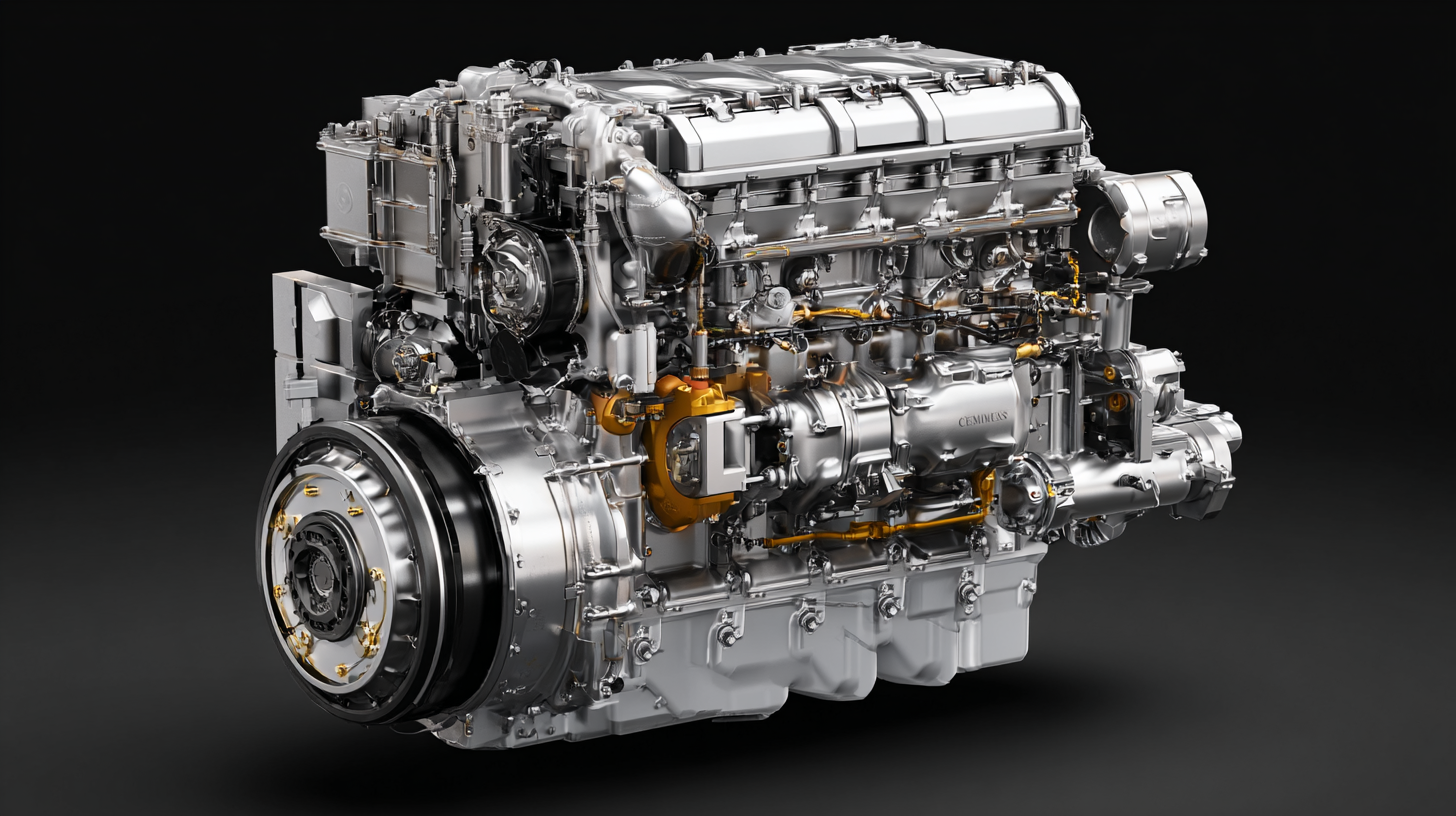
Understanding the Advanced Technology in Cummins Diesel Engines
Cummins Diesel Engines are at the forefront of advanced technology that transforms the transportation industry. With a commitment to innovation, Cummins has developed cutting-edge systems that enhance fuel efficiency, reduce emissions, and improve overall engine performance. The integration of electronic controls facilitates real-time monitoring and adjustments, ensuring optimal operation under various conditions. This technological prowess supports not only heavy-duty vehicles but also lighter commercial applications, showcasing versatility in a wide range of transportation sectors.
Further, Cummins is pioneering the adoption of alternative fuels and hybrid technologies, setting benchmarks for sustainability in diesel engine development. The use of advanced materials and precision engineering allows for engines that are lighter yet more powerful, thereby improving efficiency and extending the lifespan of the engines. Innovations such as turbocharging and intercooling enhance air intake and thermal efficiency, contributing to a significant reduction in greenhouse gas emissions.
Overall, Cummins Diesel Engines exemplify how advanced technology is shaping a more sustainable and efficient future for transportation.
Key Innovations Driving Diesel Engine Efficiency and Sustainability
Cummins has consistently pushed the boundaries of diesel engine technology, focusing on innovations that enhance both efficiency and sustainability. Among the most significant advancements are turbocharging and high-pressure fuel systems, which optimize combustion processes. These technologies not only improve engine performance but also reduce fuel consumption and harmful emissions, making them vital for modern transportation solutions.
**Tip:** Regular maintenance of your diesel engine can greatly impact its efficiency. Simple actions like replacing fuel filters and using high-quality diesel fuel can lead to better performance and lower emissions.
Another key innovation is the integration of advanced electronic controls that enable real-time data monitoring and adaptive performance adjustments. This ensures that engines operate at peak efficiency under various conditions, resulting in lower environmental impact. Additionally, Cummins has committed to developing cleaner alternatives, such as renewable natural gas (RNG) and hydrogen fuel technologies, positioning itself as a leader in sustainable transportation.
**Tip:** Consider investing in an engine with a built-in telematics system. This feature allows for real-time tracking of engine health and operational efficiency, making it easier to spot potential issues before they become costly problems.
Exploring the Innovation Behind Diesel Engines: Powering the Future of Transportation - Key Innovations Driving Diesel Engine Efficiency and Sustainability
| Innovation | Description | Impact on Efficiency (%) | Impact on Emissions (%) | Implementation Year |
|---|---|---|---|---|
| Turbocharging | Utilizing exhaust gases to enhance engine power output. | 15 | 10 | 2005 |
| Common Rail Fuel Injection | Allows multiple injections per combustion cycle for better fuel efficiency. | 20 | 30 | 2007 |
| Exhaust Gas Recirculation (EGR) | Reintroducing a portion of the exhaust back into the combustion chamber. | 10 | 25 | 2010 |
| Variable Geometry Turbocharger | Adjusts the angle of the turbine blades for optimal power at varying speeds. | 18 | 15 | 2015 |
| Aftertreatment Systems | Emissions control technologies, such as SCR and DPF. | 5 | 50 | 2018 |
Comparative Analysis: Cummins Diesel Engines vs. Alternative Power Sources
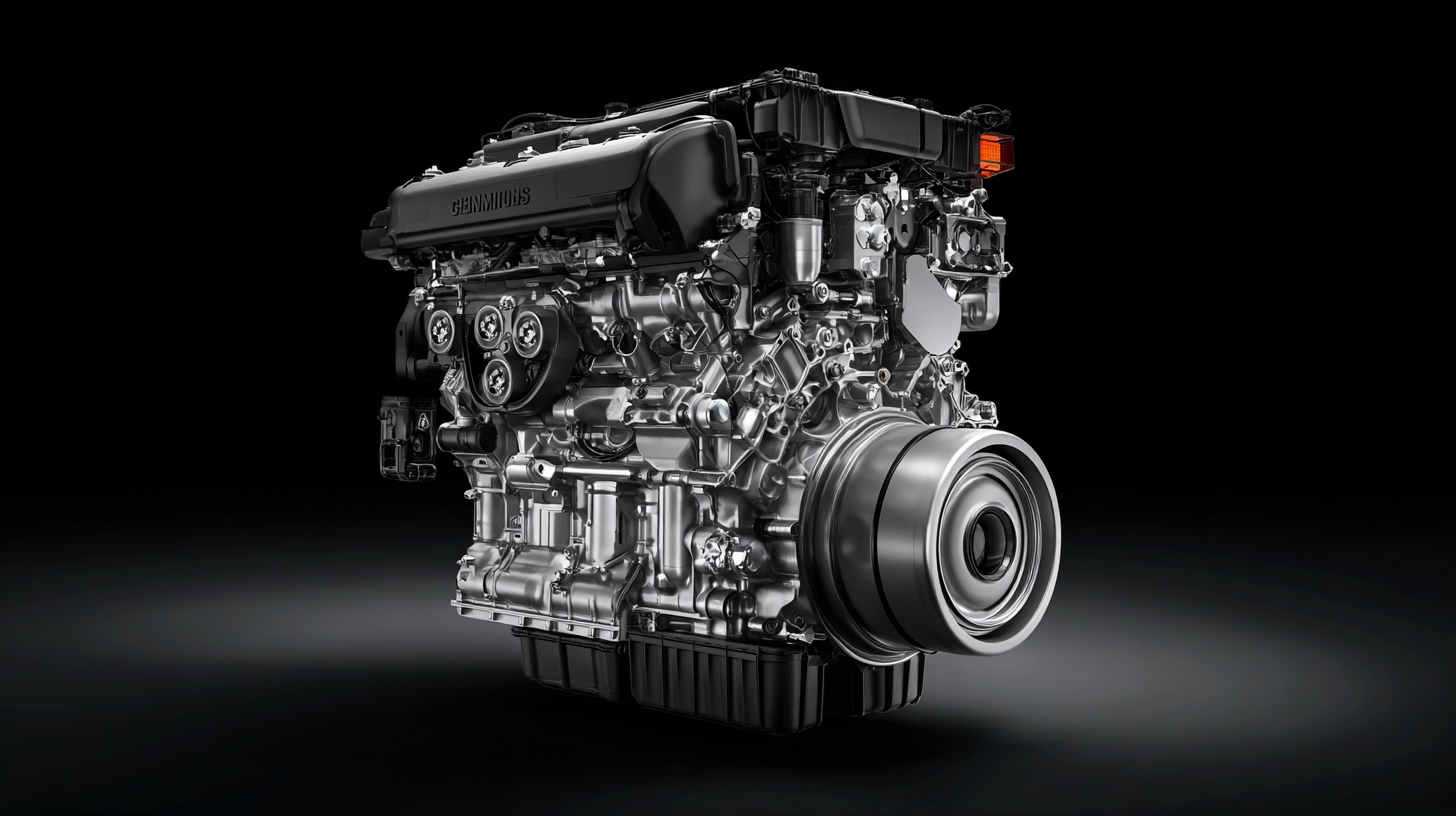 When evaluating the future of transportation, a critical aspect is the comparative analysis of Cummins diesel engines versus alternative power sources such as electric, hydrogen, and natural gas. Cummins engines are renowned for their durability and efficiency, delivering reliable power for various applications, from heavy-duty trucks to marine vessels. Their advanced technology leads to lower emissions and improved fuel economy, making them a strong contender in the quest for sustainable transportation solutions.
When evaluating the future of transportation, a critical aspect is the comparative analysis of Cummins diesel engines versus alternative power sources such as electric, hydrogen, and natural gas. Cummins engines are renowned for their durability and efficiency, delivering reliable power for various applications, from heavy-duty trucks to marine vessels. Their advanced technology leads to lower emissions and improved fuel economy, making them a strong contender in the quest for sustainable transportation solutions.
However, alternative power sources are gaining momentum. Electric vehicles (EVs) offer zero tailpipe emissions and are becoming increasingly viable with advancements in battery technology. Hydrogen fuel cells present a promising option with their fast refueling times and long driving ranges. Each power source presents a unique set of benefits and challenges, and the best choice often depends on specific applications, infrastructure availability, and regulatory considerations.
Tips: When considering options for transportation solutions, analyze the operational cost versus initial investment, look into available infrastructure for alternative fuels, and consider the environmental impact of each power source. Additionally, keeping up with emerging technologies can provide insights into future developments in the industry.
The Role of Research and Development in Cummins Engine Innovations
Research and development (R&D) play a critical role in the evolution of Cummins diesel engines, allowing the company to remain at the forefront of innovation in the transportation sector. With a strong commitment to enhancing performance, reducing emissions, and improving fuel efficiency, Cummins invests significantly in R&D initiatives. These efforts involve cross-disciplinary teams that leverage advancements in materials science, engineering design, and software technology to create more powerful and environmentally friendly diesel engines.
One of the key areas of focus in Cummins’ R&D is the integration of clean technology solutions. This includes exploring alternative fuel systems, hybrid technologies, and electrification of power systems. By actively testing and implementing these innovations, Cummins not only seeks to meet stringent regulatory requirements but also aims to deliver sustainable options for customers. As a result, Cummins diesel engines are not just about power; they represent the company’s vision for a greener future in transportation. These advancements underscore the importance of R&D in shaping the next generation of diesel engines, ensuring that they deliver both efficiency and performance.
Innovation in Diesel Engine Power Output Over Years
This chart illustrates the innovation in power output of diesel engines over the last six years. As research and development efforts have advanced, there has been a noticeable increase in horsepower, showcasing the commitment to enhancing engine efficiency and performance.
Future Trends: How Cummins is Shaping the Next Generation of Transportation
Cummins is at the forefront of transforming the transportation sector with its innovative diesel engine technologies. As the world faces increasing pressure to reduce emissions and enhance fuel efficiency, Cummins has committed to integrating advanced technologies that redefine how power is generated for vehicles. With a focus on electrification and hybrid systems, the company is developing solutions that not only comply with stringent environmental regulations but also provide superior performance. This commitment to sustainability aligns with global trends towards cleaner transportation alternatives, ensuring that Cummins remains a vital player in the industry's evolution.
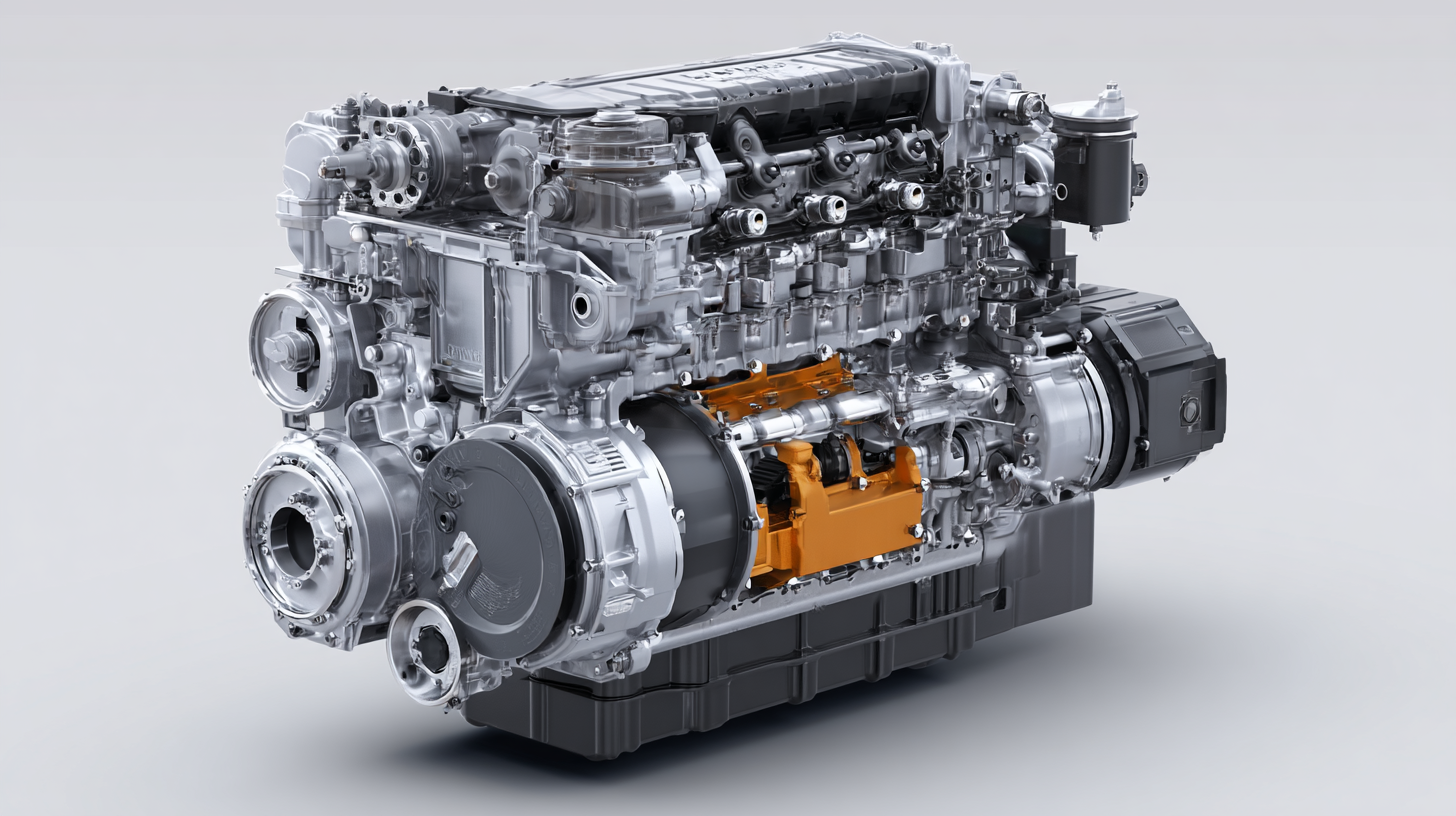
Looking ahead, Cummins is exploring next-generation technologies that include hydrogen fuel cells and advanced battery systems. By investing in research and development, the company aims to create versatile engines that can operate on various fuel types, addressing the diverse needs of the market. These innovations are expected to enhance the efficiency of commercial transport while lowering the carbon footprint, effectively catering to a society that demands greener options. As Cummins shapes the future of transportation, its strategic focus on innovation positions it as a leader in the ongoing quest for sustainable mobility solutions.
Related Posts
-

The Ultimate Guide to Choosing the Right Small Diesel Generator for Your Needs
-
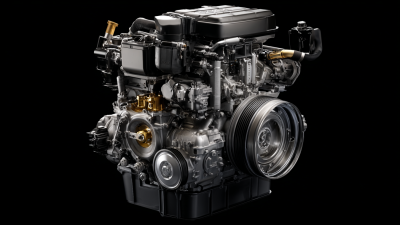
Unleashing Power and Efficiency with Kohler Diesel Engines in Modern Machinery
-
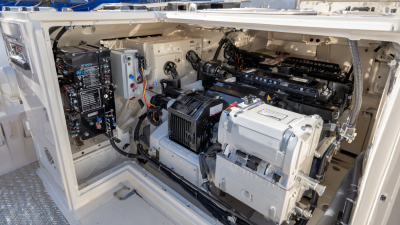
Ultimate Guide to Choosing the Perfect Marine Generators for Your Needs
-
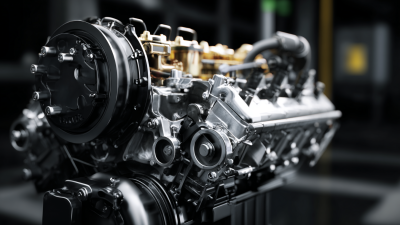
Explore the Advantages of Kohler Diesel Engines for Heavy Duty Applications
-
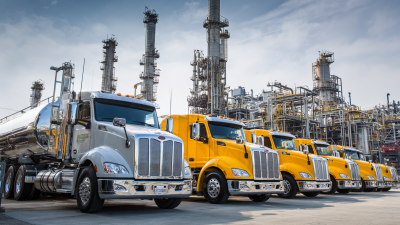
Understanding the Role of Industrial Diesel in Sustainable Energy Transition
-
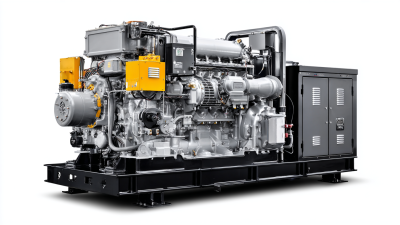
Maximize Your Power Supply: The Unmatched Reliability of Perkins Generators for Every Need